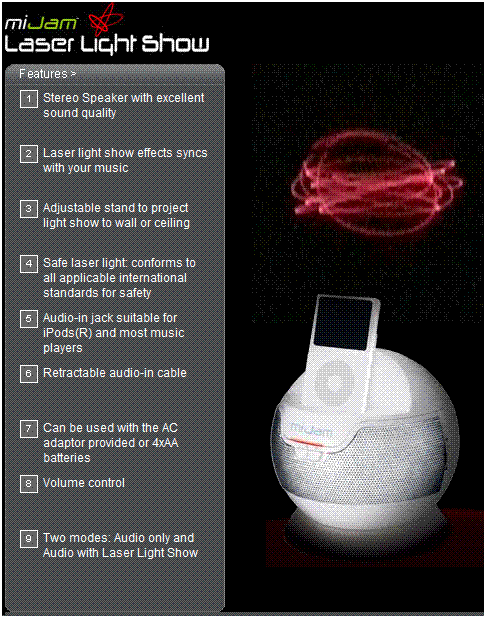The New York Times had a short article about a singer who uses lasers, including a laser harp, in her performance. The singer is “Little Boots”, the stage name of Victoria Hesketh, who is “clearly an expert in a certain kind of space-glam, technological camp.”
New York Times writer Ben Ratiff noted in the March 3 2010 article that she played the laser harp on “her song ‘Earthquake’ by moving her hand among the streams of light; each time she blocked one, it triggered a synthesizer pitch, and she could alter its tone by lowering or raising her hand on each beam.’Earthquake’ isn’t much of a song, but that was a beautiful display. It made you feel light. ‘I’m basically obsessed with lasers,’ she admitted, chattily, when the song was done.
There are more pictures at a website called Brooklyn Vegan; scroll down to the bottom for most of the laser pics.
Tech blog Gizmodo was not impressed: “I just don’t get it. Let’s just stick with the normal instruments, shall we?”








